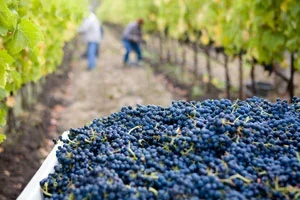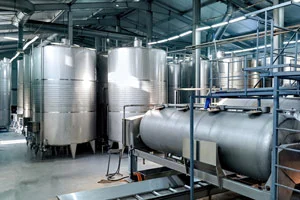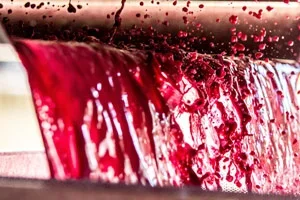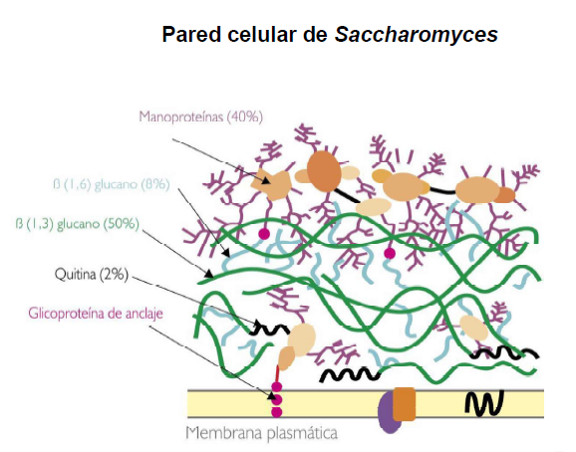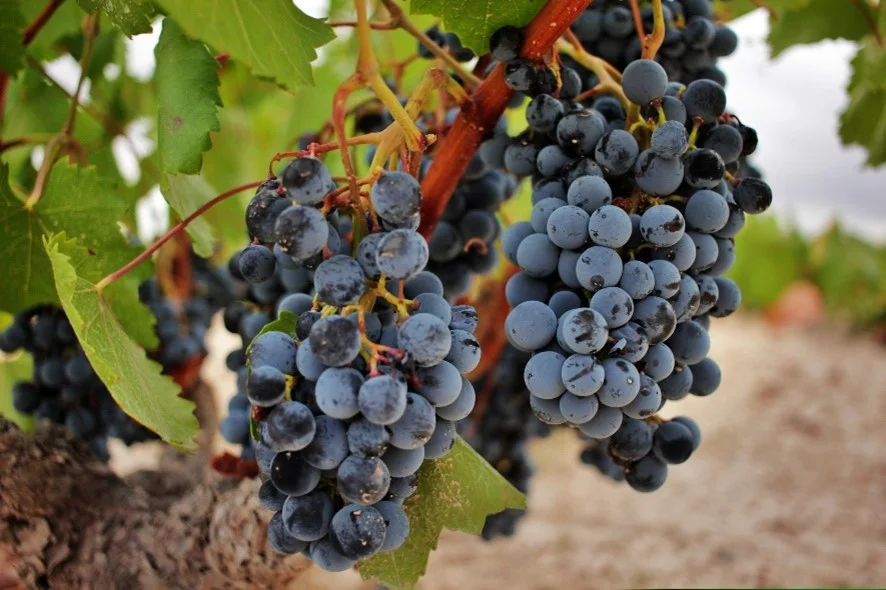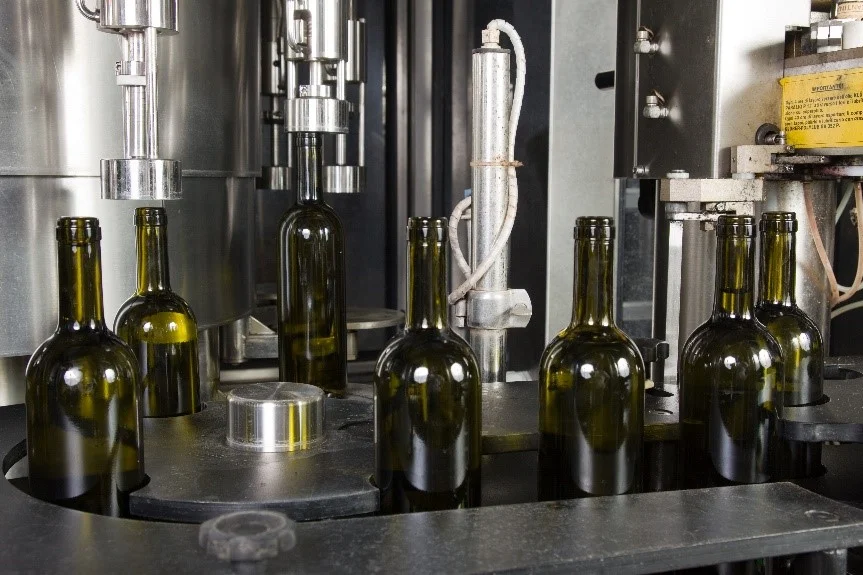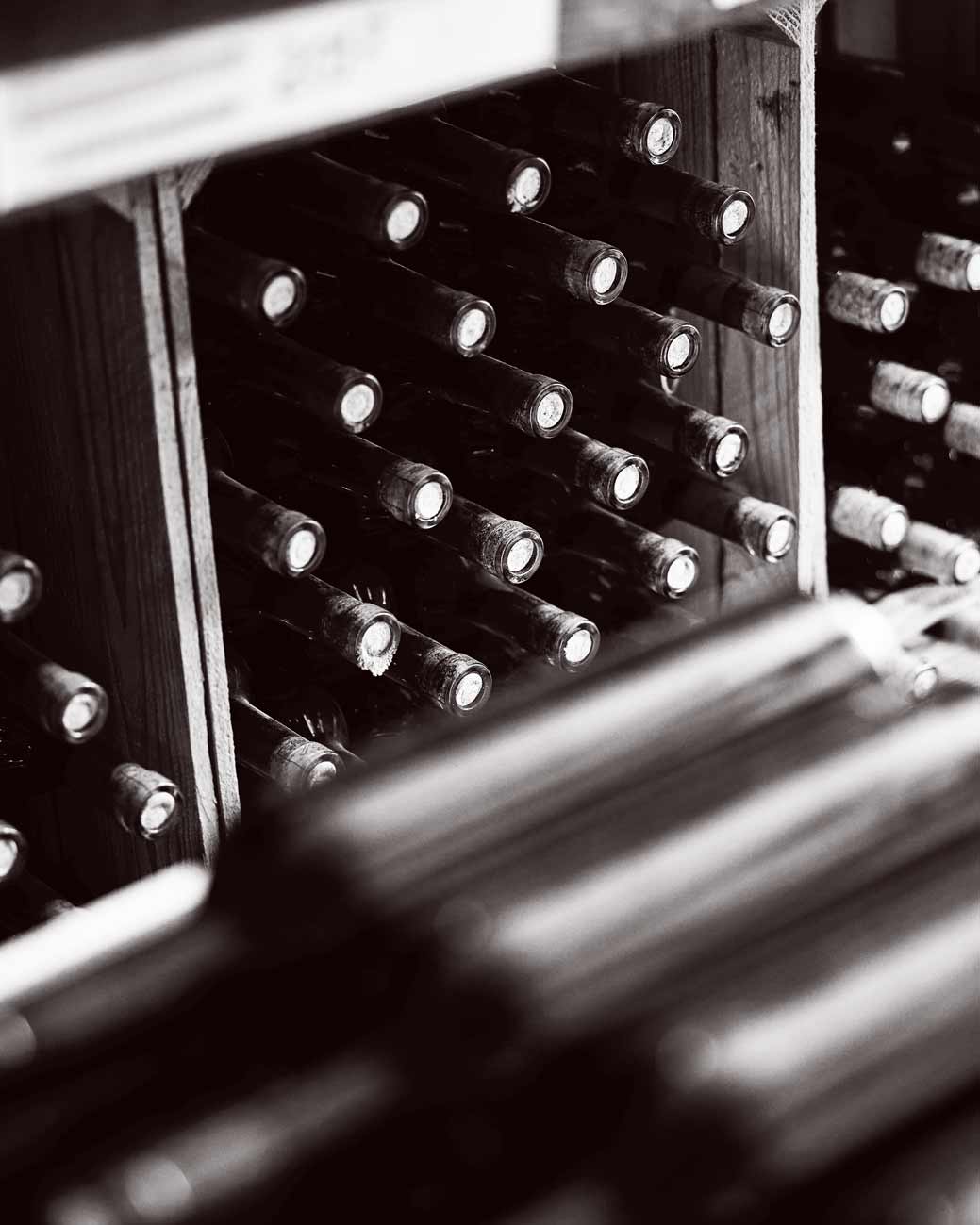What is lees aging?
Aging on lees is a reductive process in which the wines increase their complexity, producing an important sensory improvement with an increase in fat, smoothness and volume.
Fine lees are yeasts and suspended solids present in the finished wine. They will form part of the total solid fraction in the medium during alcoholic fermentation, which gives rise to the specific turbidity of the must. In a first racking, after the end of the alcoholic fermentation, the coarse lees are removed, leaving the smaller solid compounds in suspension, which are more interesting at an organoleptic level.
During aging on the lees, autolysis of the yeasts occurs, with the consequent release of compounds into the wine, some with a high antioxidant capacity, such as glutathione. This will provide the wines not only with an organoleptic improvement, but also with a greater buffering capacity against oxidation and reduction processes.
What happens with yeasts during aging on the lees?
The cell wall of yeasts, in addition to being a protective element, constitutes up to 30% of their dry weight.
It is largely composed of ß-glucan (50%-60%) and mannoproteins (35%-40%).
The ß-glucan is the main element responsible for maintaining the shape and rigidity of the yeast cell wall and the mannoproteins are anchored to it. During aging on the lees, the specific action of the β-glucanase enzymes allows the release of the mannoproteins from the cell wall and their dissolution into the medium.
What should we consider during aging on the lees?
- The need to resuspend the lees: so that we ensure greater contact with the wine, thus improving its effect.
- The need to have suitable quality lees: Not all lees are valid for all processes. There are some that are useful for fermentation but not for aging (because of their low autolytic capacity, for example). On the other hand, the shelf life also varies, which can affect the freshness and aromas of the wines. In addition, there is a risk that some lees contain microorganisms such as the fungus Brettanomyces bruxellensis.
- Sufficient stay times: we have to take into account the times that the lees remain in contact with the wine to obtain the desired characteristics.
- Oxygen supply in the form of micro-oxygenation in necessary cases: The slow supply of oxygen is a technique used to simulate reactions in the tank while the wine is in the barrel, since oxygen will cause the formation of acetaldehyde from ethanol, and acetaldehyde is the bridging compound at the bonds between tannins and anthocyanins. The molecules resulting from this condensation are responsible for maintaining the colour in the wine, since they remain in the medium in a colloidal state. If these molecules are not formed, the free anthocyanins precipitate, with the consequent loss of colour.
What are the benefits of aging on lees?
Aging on lees provides multiple benefits, including:
- Contribution of unctuousness and volume in the mouthfeel: The natural lees enrich the wine with polysaccharides from their cell walls. Polysaccharides, and especially mannoproteins. These are responsible for increasing the unctuousness and softness in the wine. They also have the property of reducing the astringency of the wine.
- Fixation of varietal aromas by polysaccharides: Yeasts continue to play an important role beyond wine fermentation. Yeast mannose-derived proteins can also interact with aroma chemicals, increasing the volatility of certain aromas by enhancing their olfactory perception. Or on the contrary, reduce volatility by improving the persistence in the mouth and the preservation of the aromas during the wine’s storage time.
- Protection from oxidation as it is a reductive aging process with oxygen consumption: for some years now, scientific knowledge has made it possible to explain this protective capacity of yeast sediments, particularly with regard to its antioxidant compound content. GSH exerts an important antioxidant effect, lowering the potential of the medium and maintaining chemical compounds in their reduced form. Actimax GSH is a product based on inactive yeast selected for its higher GSH content. Applied during fermentation, it manages to reduce E, making the wine more resistant to oxidation.
- Increase in the buffering capacity of wines from the electrochemical point of view.
- Improvement of the colloidal stability of wines.
What types of yeast derivatives are used in the aging of white wines?
Aging wine on the lees for long periods is not without danger. For this reason, the use of inactive yeasts and other commercial preparations (such as yeast husks) is very useful to shorten the time for aging on the lees, and to avoid creating undesirable characters.
The nature of the product will lead to differences when carrying out a treatment, with different contact times and transfers for each.
- Inactive yeast: The whole yeast with cytosol and membranes. It is used to create lees. It presents a lower release of polysaccharides and a longer contact time, however, it can also release specific compounds such as natural reducing agents (glutathione in reduced form).
- Yeast crusts: It is the outer cell part of the yeast, so they contain a higher fraction of polysaccharides than inactive yeasts. The transfer will therefore be favoured and the times may be shortened.
Depending on the AGROVIN’s objectives, we propose various alternatives for ageing on lees, to avoid the appearance of reduced aromas derived from poor quality lees used.
- Super Bouquet MN: yeast walls with a significant soluble fraction of mannoproteins (20-22%). Its composition allows for a rapid transfer of polysaccharides, improving the mouthfeel of the wines and fixing aromatic compounds.
- Super Bouquet: inactive yeasts selected for their high polysaccharide content. Its application in finished wine as exogenous lees will improve the aromatic complexity of the wines, improving the balance in those wines notable for their bitterness or sharp acidity.
How can we favour aging on native lees?
Working on native lees is possible in those situations in which the natural lees present adequate quality, with the absence of unpleasant aromas or reduction.
Aging on native lees can be favoured with the use of specific enzymes that have β-1,3-1,6 glucanase activity that facilitates the release of polysaccharides bound to the cell wall by means of glucans.
Enozym GLUCAN: It is an enzyme preparation with ß-1,3-1,6 glucanase activity, which accelerates the aging process on the lees, favouring the transfer of the polysaccharides present in both endogenous and exogenous lees. The absence of secondary activities permits its use in all types of wine and at all times of production.
